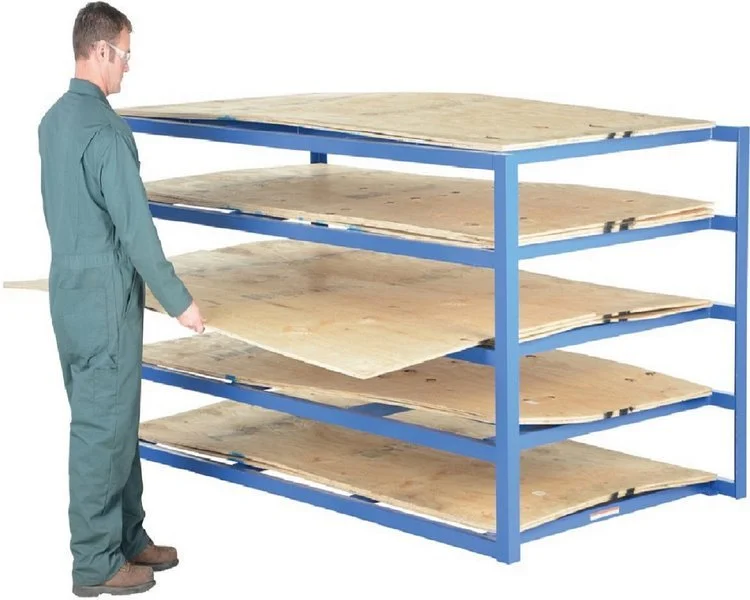As of December 17, 2019, OSHA 1910.25 defines the acceptable angle of incline for fixed stairs, ladders and ramps. Among other things, 1910.25 also defines acceptable tread depth, riser height, landings, doorway and gate swings, handrails, vertical clearance, and anticipated live load rating. The focus of this article will be angle of incline for fixed stairs, ladders and ramps, but a few other points unrelated to angle of incline will be included.
So just what are the basic need to know points. Acceptable angle of incline for stairs, ladders and ramps is a good place to start because this is very important to understand for safety reasons. The angle of incline is measured from the horizontal plane. Ramps have an incline from 0 to 30 degrees. Standard stairs have an incline from 30 to 50 degrees. Ship stairs have an incline from 50 to 70 degrees. Alternating tread-type stairs also have an incline from 50 to 70 degrees. Ladders have an incline from 60 to 90 degrees.
Because ramps and standard stairs have an angle of incline of 50 degrees or less, it is safe and acceptable for a person to face the direction of travel when both ascending and descending. Conversely, because ship stairs, alternating tread-type stairs and ladders have an angle of incline of 50 degrees or more, a person must always face these stairs or ladder when both ascending and descending. An angle of incline greater than 50 degrees is unsafe to descend facing away from the stairs or ladder.
Below are some other important things to know regarding OSHA 1910.25 as of December 17, 2019. This list of important things is not inclusive of all the requirements found within OSHA 1910.25.
· Employers must ensure handrails and guardrails are in compliance with OSHA 1910.28
· Vertical clearance measured from the leading edge of the tread to any overhead obstruction must be at least 6’-8”
· Stairs have a uniform riser height and tread depth between landings
· Standard stairs have a maximum riser height of 9.5”, a minimum tread depth of 9.5” and a minimum width of 22” between vertical barriers
· Alternating tread-type stairs, spiral stairs and ship stairs have requirements different from standard stairs
· Landings and platforms must be at least 30” deep measured in the direction of travel
· Doorway or gate swings do not reduce a platforms effective usable depth to less than 22”
· Each stair can support at least 5 times the anticipated live load and never less than 1,000 lbs. applied at any point
· Spiral, ship or alternating tread-type stairs can only be used if an employer can show that the use of standards stairs is not feasible
When purchasing fixed stairs, ladders and ramps, it would be wise to make sure the product(s) being purchased meet the latest OSHA standards.
OSHA 1910.25 defines other rules regarding fixed stairs, ladders and ramps which were not discussed in this article. By visiting osha.gov, you can read all 1910.25 to learn more about the requirements of fixed stairs, ladders and ramps.































